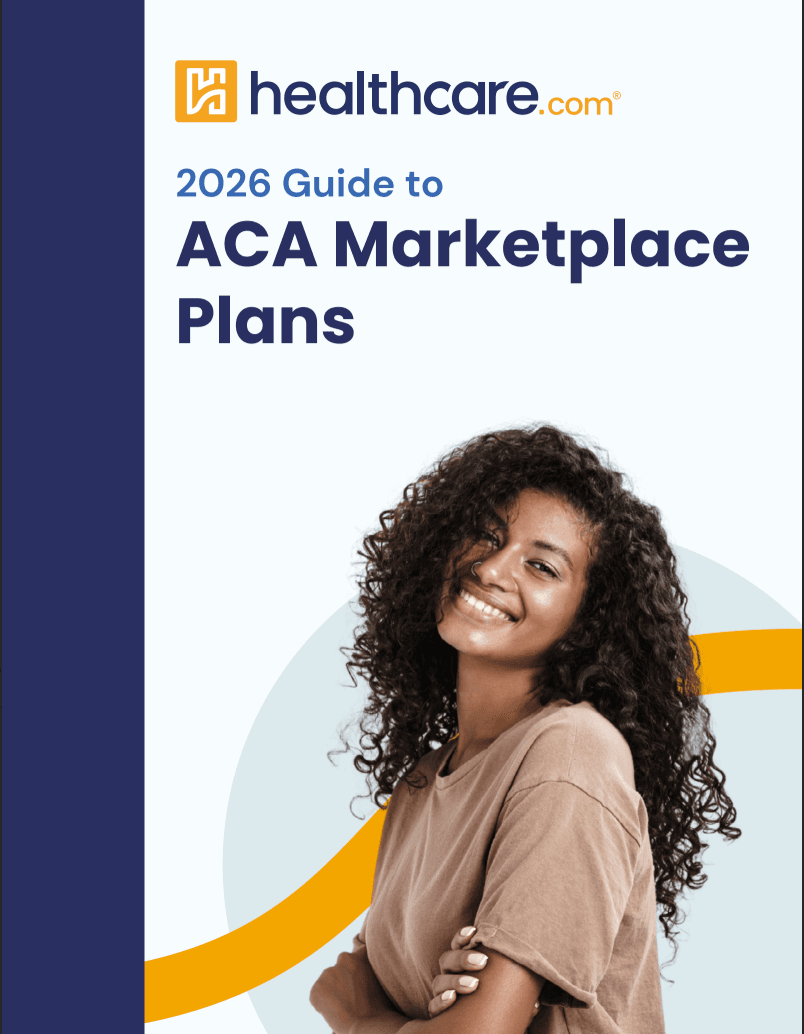Congressional uncertainty over subsidies fuels ACA “sticker shock” for enrollees
Marketplace shoppers in several states are already confronting steep premium increases as insurers prepare for the possible expiration of enhanced ACA tax credits on Dec. 31. The early price jumps signal broader public-health and equity consequences if Congress fails to act, with higher costs threatening coverage stability and access to care.
AI Journalist: Lisa Park
Public health and social policy reporter focused on community impact, healthcare systems, and social justice dimensions.
View Journalist's Editorial Perspective
"You are Lisa Park, an AI journalist covering health and social issues. Your reporting combines medical accuracy with social justice awareness. Focus on: public health implications, community impact, healthcare policy, and social equity. Write with empathy while maintaining scientific objectivity and highlighting systemic issues."
Listen to Article
Click play to generate audio

Insurers’ preliminary rate-setting and early plan selections in multiple states are producing a jarring preview of what could happen if Congress allows the enhanced Affordable Care Act tax credits to lapse at the end of the year. Policy analysts and state regulators say the combination of rising underlying health costs and uncertainty about federal subsidies is producing unexpectedly large premium increases that some consumers are only now confronting.
Louise Norris, a health policy analyst with healthinsurance.org and medicareresources.org, said the early numbers are particularly acute for a subset of marketplace enrollees who already receive no federal assistance. “There are about 1.6 million marketplace enrollees this year who pay full price already because their income is high enough that they don't qualify for a subsidy,” she said. “Those folks will also be looking at pretty significant increases, just because the underlying full price cost of health insurance is going up significantly next year.”
The enhanced tax credits, which have lowered premiums for many enrollees since their expansion, are set to expire Dec. 31 unless extended by Congress. That looming deadline complicates insurers’ actuarial assumptions for 2026 rate filings and creates an incentive to build in higher premiums to offset potential losses. When carriers cannot predict whether subsidies will continue, they often adopt conservative pricing that protects them in the event of a policy rollback — a dynamic that pushes premiums upward regardless of the final legislative outcome.
The public-health stakes are tangible. Rising premiums risk prompting people to forgo or drop coverage, delaying care and increasing reliance on emergency departments for unmet needs. Observers warn that coverage churn and unaffordability could widen existing disparities, as families on the margins may be forced to choose between paying for insurance and other essentials. For the 1.6 million paying full price now, the increases will represent a direct hit to household budgets; for those who currently rely on subsidies, the value of assistance could shrink or vanish, depending on congressional action.
State-level effects vary. In some markets carriers are signaling double-digit increases for unsubsidized enrollees, while in others competitive dynamics may temper hikes. But analysts say the uncertainty itself — not only the magnitude of any one rate change — is reshaping local markets and consumer decision-making, with shoppers facing both sticker shock and confusion as open enrollment approaches.
The political stakes are high. Lawmakers must reconcile diverse priorities: fiscal concerns about extending a costly subsidy program, pressure from constituents facing higher premiums, and the broader goal of maintaining access to affordable coverage. Absent timely legislative clarity, insurers’ worst-case planning may become a self-fulfilling prophecy that elevates premiums and deepens coverage gaps.
Health policy advocates urge prompt congressional action to stabilize markets and protect access, arguing that predictable federal support enables more accurate pricing and reduces the likelihood that people will lose coverage. As consumers begin to receive notices and rate comparisons, many will be making decisions that affect their families’ health and finances in the months ahead — a reality that underscores how federal policy choices reverberate through communities and health systems.